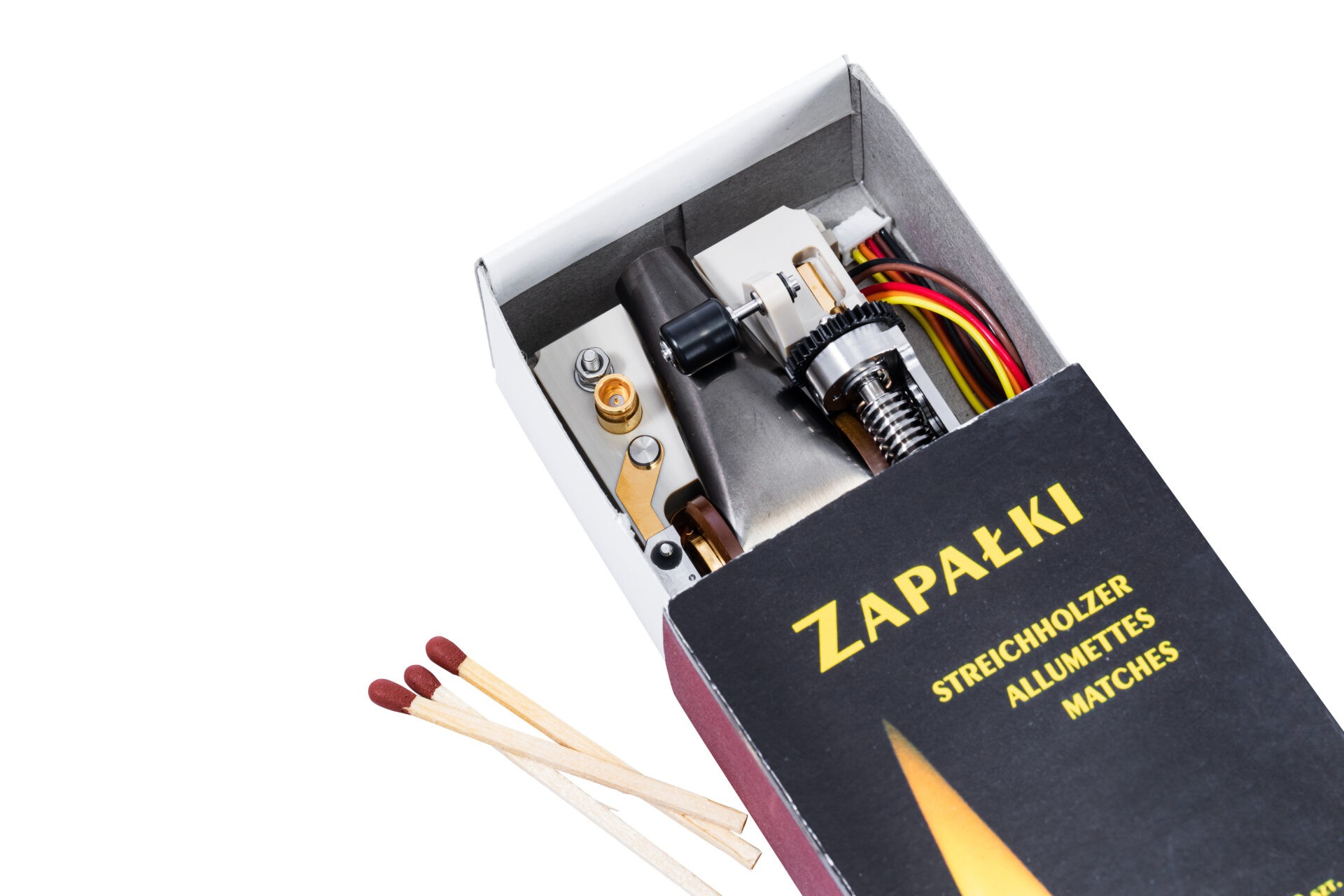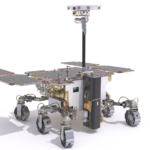The European Space Agency (ESA) has joined forces with NASA in a collaborative effort to protect humanity from potential cosmic threats. Two years ago, NASA successfully altered the trajectory of the small asteroid Dimorphos, located in the Asteroid Belt between Mars and Jupiter. How and why was this done? NASA’s DART spacecraft collided with the asteroid to test our ability to defend against celestial bodies that could be on a collision course with Earth. Now, the mission enters its second phase, led by the European Space Agency, with Polish scientists contributing to the analysis of DART’s effects.
On October 7th, the HERA mission launched from Cape Canaveral to conduct a detailed investigation into the asteroid’s orbit shift. So far, we know that Dimorphos’ orbit around its larger companion, Didymos, has been shortened by an impressive 32 minutes (to a total of 11 hours and 23 minutes). ESA’s probe is equipped with advanced scientific instruments, including high-resolution cameras, lidar, and spectrometers, which will allow precise mapping of the asteroid’s surface and interior. The mission will provide crucial data to help scientists better understand how to effectively defend Earth from potential asteroid threats.



